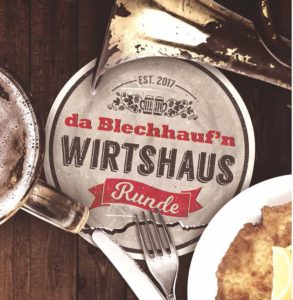Josef Konecny, April Polka
 Ah, June. This polka may be named for April, but it doesn’t matter. June means we are headed back to Germany. And that means German music at the various Fests in my neighborhood. Germans will hold a festival for practically any reason they can think of. Having served in any Army band in Germany (way back when), I found myself onstage at virtually every Fest reachable by bus. It was my job, and yes, there were worse ways to handle your military service obligation.
Ah, June. This polka may be named for April, but it doesn’t matter. June means we are headed back to Germany. And that means German music at the various Fests in my neighborhood. Germans will hold a festival for practically any reason they can think of. Having served in any Army band in Germany (way back when), I found myself onstage at virtually every Fest reachable by bus. It was my job, and yes, there were worse ways to handle your military service obligation.
Back then, the music at these events was almost always acoustic. The crowd was composed (and still is) of families, from the youngest to the oldest. People came and stayed for hours. They sat together at long tables, locked arms and sang along with the band. Now the music is often played by smaller amplified groups who don’t necessarily include the traditional tunes. Some people consider the older music kitsch, but I disagree. A longstanding tradition can never be kitsch.
But the old “oom-pah” bands still exist. One such band even allows me to play when I’m there. And most of what we play falls into the traditional category, including quite a few polkas. Polkas, which originated in Bohemia (today’s Czech Republic), are part of the folk music of much of Europe. The name derives from půlka (half), referring to the short steps and duple rhythm characteristic of the dance.
Polkas were incorporated into the Classical repertoire by composers as diverse as Johann Strauss and Shostakovich (featured here recently). And they are still crowd pleasers in Germany.
Image: da Blechhauf’n



